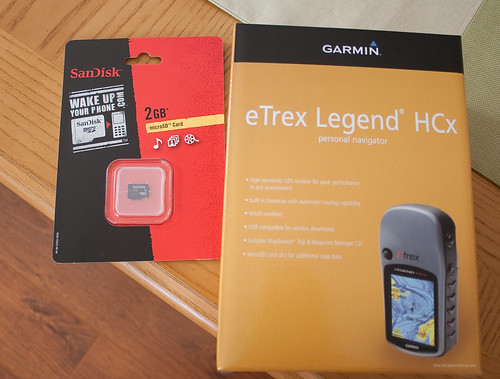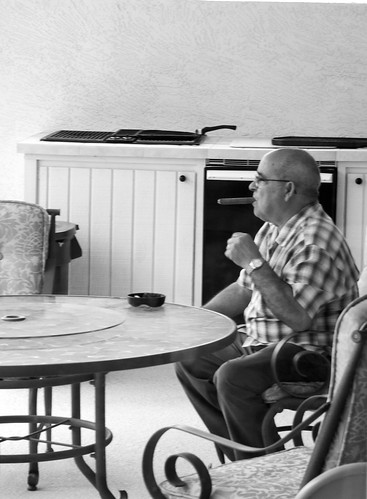Review: SimplyMepis 8.0
SimplyMepis is a Debian-based distro developed by Warren Woodford who believed that Mandrake Linux was too hard for new users. (Mandrake, now Mandriva, was the Ubuntu of its time). I’ve heard him interviewed a few times on The Linux Link Tech Show and he seems to be of the realist (as opposed to idealist) school of Linux distro maintainers. He believes users should be able to listen to MP3s, use Adobe Flash, and so on. SimplyMepis 8.0 is based on Debian 5 stable, which I recently reviewed. So let’s load her up into VirtualBox and see how it goes.
Migrating Tomboy to 64bit and Debian 5 Wifi Installation FAIL
I recently finally moved over to my 64bit computer. I’ve been using Fedora 10 64-bit for at least two weeks now. I was having a lot of trouble with migrating my Tomboy data over from the 32-bit install. It wouldn’t start up and the error message was not as helpful as it could have been. Eventually I dug around and found out I had to delete all the addin* files/folders in my .tomboy folder. After that everything worked fine.
Moving: A Photo Essay
Danielle and I bought our first home near the end of February. We’ve moved many times before - between semesters at Cornell, from Cornell to Tampa, and from Tampa to Baltimore. Now we were finally moving into our own home. And so, for the first time, I decided to thoroughly document our move. I was partly inspired by photo blogs I’ve been reading recently, such as Jeffry Friedl’s blog. I decided to put together a photo essay. So I whipped out my cameras and started shooting.
Tutorial: Geo-Tagging Your Photos
[caption id="" align=“aligncenter” width=“500” caption=“Some of the equipment you need to geo-tag your photos.”]  [/caption]
[/caption]
Recently I was listening to The Command Line Podcast and the host mentioned one way to help others is to write up a tutorial on your blog whenever you learn a new skill or task. Since the information I needed for geo-tagging my photos was fragmented, I decided to write up a tutorial following my workflow. I’ll break this up into the different phases involved.
Blog Review: I bring nothing to the table
[caption id="" align=“alignleft” width=“160” caption=“Dan, of “I Bring Nothing to the Table””]  [/caption]
[/caption]
First mentioned in this post , Dan’s been blogging on this server for just over a year. So how has the blog come along in these 13 months? Very well, I’d say. By the Google search results metric, Dan is doing very well. He’s been driving the bulk of our Google search related traffic with his sports and video game posts. (My posts tend to spread by word or mouth or search engines other than Google)
Blog Review: Jeffrey Friedl's Blog
Jeffrey Friedl and I share a few similarities: we both are computer programmers, love photography, and enjoy blogging. Unlike me, however, Jeff is an expat living in Japan. Also unlike me, he has a great photo blog. Jeff documents his travels throughout the islands of Japan as well as his daily life in his blog. Ocassionally, he also blogs about technical issues or new tech toys he bought or new Adobe Lightroom Plugins he has developed.
Getting into Geo-Tagging
[caption id="" align=“aligncenter” width=“500” caption=“My first ever Geo-tagged Photo”]  [/caption]
[/caption]
(I originally wrote most of this on Thursday, 21 May)
I can’t explain to you the thrill and excitement I get from geo-tagging my photos. I don’t mean that the thrill is so large as to defy explanation; rather that I can’t articulate what it is about geo-tagging my photos that excites me so much. Perhaps it’s the fascination of two different technologies coming together. Maybe it’s the age-old excitement of being able to point to a map and say “I was there!”, only this time you have the EXACT coordinates and you have photographic proof. All I know is that ever since I resolved to get a GPS device to work with my cameras, I’ve been anxious to get my hands on the device. Officially, it’s an anniversary gift from my wife, and I think it will be one of the ones I enjoy the most.
A pretty short post: Family and Distance
[caption id="" align=“alignleft” width=“368” caption=“My grandfather smoking a cigar - the way I will remember him for all of my life”]  [/caption]
[/caption]
It really sucks that I’m so far from my family. My sole living grandfather, pictured here, is turning 70 this year. Although I’ve always been closer to my mom’s family - I really, really love my grandfather. His humor, which was passed on to my father and which I hope to pass on to my son(s), has always cracked me up. In different circumstances I think he would have liked all the same comedies I do.
Linux Reviews Coming....
This month’s LXF came with SimplyMepis 8, Zenwalk 6, and PCLinuxOS 2009. As soon as I get moved and the world stops turning upside down I’ll get those posted.
Starting New Projects
[caption id="" align=“alignleft” width=“240” caption=“Day Fourteen: “You Told Me You Were Clean””]  [/caption]
[/caption]
It’s been 16 days now since I started taking part in flickr’s famous 365 Project. Well, flickr has many of them, but the most famous one most people partake in is the one where the photographer takes 1 self-portrait per day for 365 days. The reason for the popularity in the self-portrait 365 project is probably due to two properties of said project. First of all, by forcing the photographer to take self-portraits you remove the photographer’s block that can come from thinking of a subject every day. Since you know it’s always going to be you, you don’t need to worry about what to photograph. On the other hand, self-portraits contain a challenge in that you have to pre-frame your shot and then get in it. At the moment the shutter clicks you are no looking through the viewfinder. I’ve found it to be a great exercise in creativity because it wouldn’t be fun for myself or my viewers if they were all just shots of me sitting or standing in front of a wall. I’ve only begun to scratch away at the limits of my creativity, but the house has gotten in the way; more on that shortly. I think my most creative shot thus far was on Day 14 and has to do with Swine Flu. Depending upon whether you are reading this shortly after posting or years later - the Swine Flu [near] Pandemic of 2009 was one of the biggest stories of the second quarter in 2009. It’s been on the news almost nonstop for the past week and so I had to try and do a topical 365 shot. I’m pretty happy with the result. Follow my progress in the 365 project by visitng my 365 se t.
